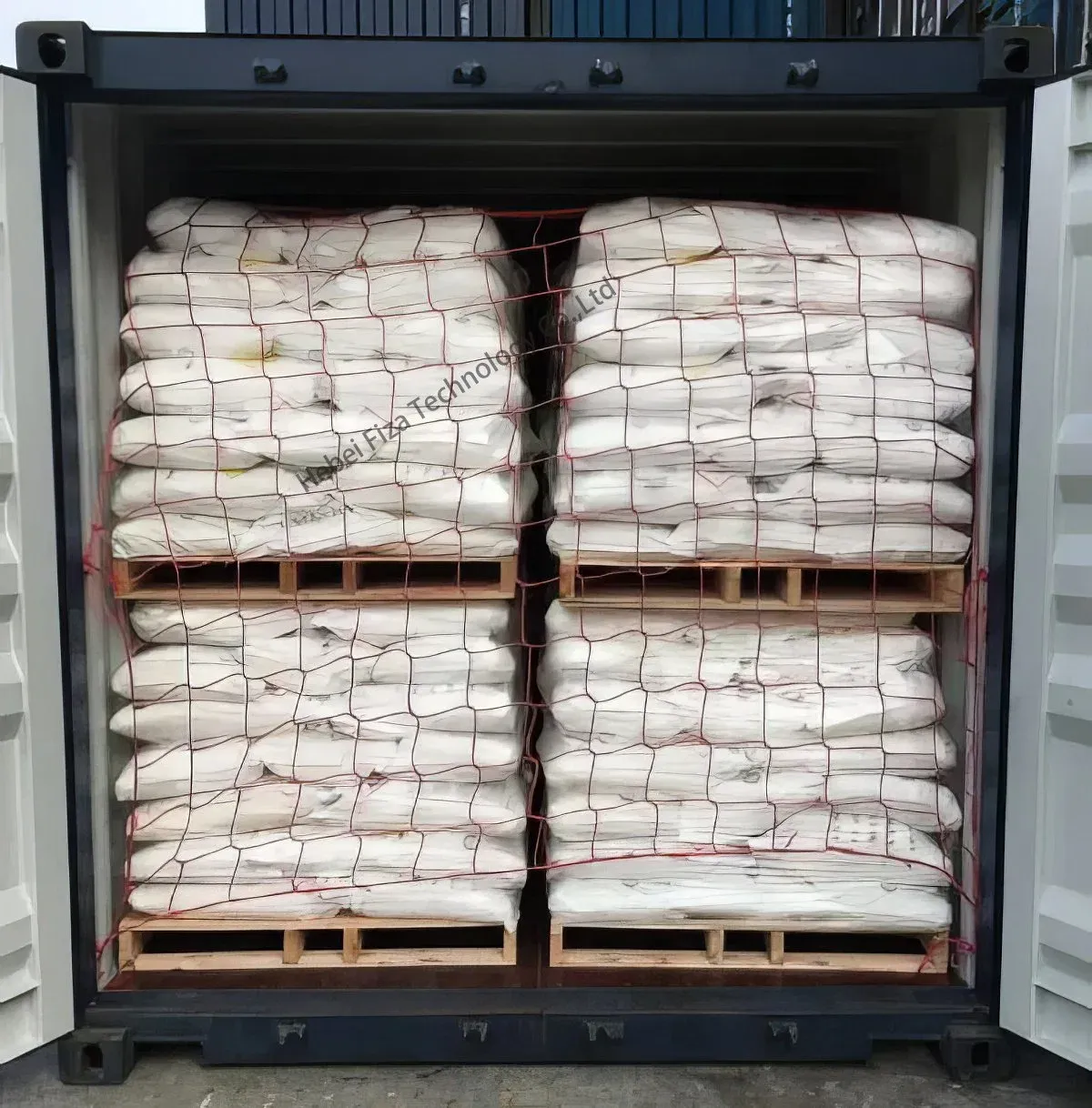



sds sodium hydroxide pellets
Understanding SDS for Sodium Hydroxide Pellets
Sodium hydroxide, commonly known as caustic soda or lye, is a highly versatile chemical with a wide range of applications in various industries, including manufacturing, food processing, and water treatment. With the increasing importance of safety when handling hazardous materials, the Safety Data Sheet (SDS) for sodium hydroxide pellets is essential for ensuring the safe use and management of this powerful compound.
Chemical Properties and Composition
Sodium hydroxide appears as white solid pellets at room temperature and is highly soluble in water, resulting in a highly exothermic reaction. This means that when sodium hydroxide is dissolved in water, it generates significant heat. Its chemical formula is NaOH, consisting of sodium (Na), oxygen (O), and hydrogen (H). It is important to note that sodium hydroxide is classified as a strong base, with a high pH when dissolved in water, making it effective in neutralizing acids.
Safety and Health Hazards
The SDS for sodium hydroxide pellets outlines various health hazards associated with exposure. Direct contact with skin or eyes can cause severe burns and irritation, highlighting the importance of wearing appropriate personal protective equipment (PPE), including gloves, goggles, and protective clothing. Inhalation of sodium hydroxide dust can result in respiratory issues, making it critical to use proper ventilation or respiratory protection in confined spaces.
Environmental Considerations
sds sodium hydroxide pellets

Sodium hydroxide is not only hazardous to human health but can also pose risks to the environment. When discharged into water bodies, it can increase the pH of the water, harming aquatic life. The SDS provides guidance on the proper disposal methods and emphasizes the need for spill management to prevent environmental contamination. It is crucial for users to understand local regulations regarding the disposal of hazardous materials to minimize ecological impact.
First Aid Measures
In case of accidental exposure to sodium hydroxide, the SDS details essential first aid measures. For skin contact, it is advised to remove contaminated clothing and rinse the affected area thoroughly with water for at least 15 minutes. If sodium hydroxide comes in contact with the eyes, immediate irrigation with water or saline solution is critical, and medical attention should be sought promptly. For ingestion, do not induce vomiting; instead, seek medical assistance immediately.
Handling and Storage
To safely handle sodium hydroxide pellets, the SDS recommends specific practices. Always store the pellets in a tightly closed container, away from incompatible substances like acids, metals, and organic materials. The storage area should be cool, dry, and well-ventilated to prevent moisture absorption, which can cause caking and release of heat. Additionally, maintaining proper labeling and signage in the storage and handling areas can help ensure awareness of the hazards associated with this chemical.
Conclusion
In summary, the Safety Data Sheet for sodium hydroxide pellets serves as a critical resource for understanding the hazards, safe handling practices, and emergency response measures associated with this powerful chemical. It is essential for anyone working with sodium hydroxide to familiarize themselves with the information contained in the SDS to ensure safety in all aspects of handling, storage, and application. By following these guidelines, individuals and organizations can minimize risks and maintain a safe working environment while benefiting from the versatile applications of sodium hydroxide.
-
Why Sodium Persulfate Is Everywhere NowNewsJul.07,2025
-
Why Polyacrylamide Is in High DemandNewsJul.07,2025
-
Understanding Paint Chemicals and Their ApplicationsNewsJul.07,2025
-
Smart Use Of Mining ChemicalsNewsJul.07,2025
-
Practical Uses of Potassium MonopersulfateNewsJul.07,2025
-
Agrochemicals In Real FarmingNewsJul.07,2025
-
Sodium Chlorite Hot UsesNewsJul.01,2025










